How I work when I’m on the road
As a freelance photographer and writer, I spend a lot of time on the road (not really). People often (never) ask me, Daven, how do you manage your photography workflow while traveling? Ah, well ponder no longer, as I am here to bestow upon you the glorious knowledge of my mobile photography workflow so you, too, can overcome the seemingly insurmountable challenges that arise (or don’t) while working on the road.
At this exact moment I find myself on an out-of-state gig. I’m typing this seated at a desk before which I’ve never sat. Should for you the opportunity arise to take on one such gig, I highly recommend it. Traveling is fun, new experiences are fun, and photography is fun. (If it’s not, go back to your bookkeeping job. So long as you’re not having fun, you might as well get paid for it.)
The problem is that the modern digital photography workflow is not always as streamlined as we would like, and it’s particularly troublesome on the road. Should you bring extra gear? Should you offload memory cards every night, or just bring a metric ton of extra memory cards? If you do offload them, to where will you do it? Did you upgrade to a new MacBook Pro and only now realize the beloved SD card slot is gone!?
Look, I’m really not an expert here, but this is my blog, so I’m going to tell you how I work. And it is truly my most sincere hope that it is of some benefit to you. If it is not, than I at least hope you were moderately entertained.
Here is my current set up for my mobile, on-the-road workflow:
As you may have noticed, it looks rather minimalistic. Of course, what you’re not seeing is a tripod, a 3-axis gimbal, a microphone and audio recorder, and — oh yeah — the camera that’s actually taking this photo (a Fujifilm X-T2 with 16mm F1.4 lens, for anyone who cares). Still, I try to not bring any more gear than what’s absolutely required. Yes, I do bring extra batteries, memory cards, etc. — but I don’t bring gear I didn’t plan to use, nor anything I didn’t discus with the client. Now, I admit, a big part of this is that I simply don’t own a lot of gear. I rent cameras, lenses, lighting, you name it from Pro Photo Supply, my local camera store and ex-employer. So, obviously, I’m not going to pay to rent things I might not need on the off chance the client will say, “Hey, do you happen to have a drone?”
For me, the biggest workflow challenge on the road comes from digital asset management (DAM!). Today, I drove six hours to get to the location and still shot nearly 15 gigabytes of photos and about 8 gigabytes of video before calling it a night. This is a three day job, and if I’m shooting that much in the first less-than-half day, I’m definitely going to need somewhere for all of that data to go.
I’m not a rich man, so my travel computer is a two-year-old MacBook Air with the bare minimum of internal storage (128GB). I have less than 16GB available at this time, which is already too little to house the images and video I shot today. So, naturally, I use a portable external drive.
Now, there are many, many options in external drives. I happen to use a 480GB SanDisk SSD, which you can now pick up for about 150 bucks. SSDs are great because they are fast, but they are more expensive than traditional spinning disk hard drives. I happen to use an SSD for one very particular reason, however, and that’s because I have a couple of them lying around to use in my Atomos Shogun HDMI recorder (you probably noticed the logo in the above image). I connect it to my computer via a Thunderbolt dock that I bought for about 30 bucks.
Whether HDD or SSD, a portable drive is your best friend when you’re working from a laptop with pitifully limited internal storage. And even if you have plenty of available space on your internal drive, an external is still nice, especially if you use a different computer as your main editing machine back home. If you’ve saved everything to your external drive while on the road, all you need to do when you get home is plug that drive into your main computer and you’re good to go. This is exactly what I do and, again, I’m not the authority here, but it seems to work well for me.
Here are a few other things I like to have with me on the road.
Helloooo SD card slot! This is the real reason there’s no new MacBook Pro in my life.
This lil guy is the Lexar JumpDrive C20i. It lets me save 32GB worth of photos and other files from my iPhone (larger versions are available) while simultaneously serving as a USB charging cable. It’s particularly handy when you’re on the road and may be taking tons of pictures that you don’t want to flood to your cloud services.
It’s not really clear what fate will befall Lexar at this point in time, but this is a pretty neat gadget that you might want to pick up while you can. (And, yes, there’s an Android version available, as well.)
These are lenses. There are many like them, but these ones are mine. Well, okay, that 56mm F1.2 is a rental.
I cannot stress enough the importance of repping you’re favorite local band while you’re out of town, by proudly displaying their sticker on your laptop computer.
This is a cat. I didn’t plan on it, but here it is.
Daven Mathies / Blog
Editorial style portrait photography in the Columbia River Gorge.
For rates and other inquiries, please email me at davenish(at)mac.com.

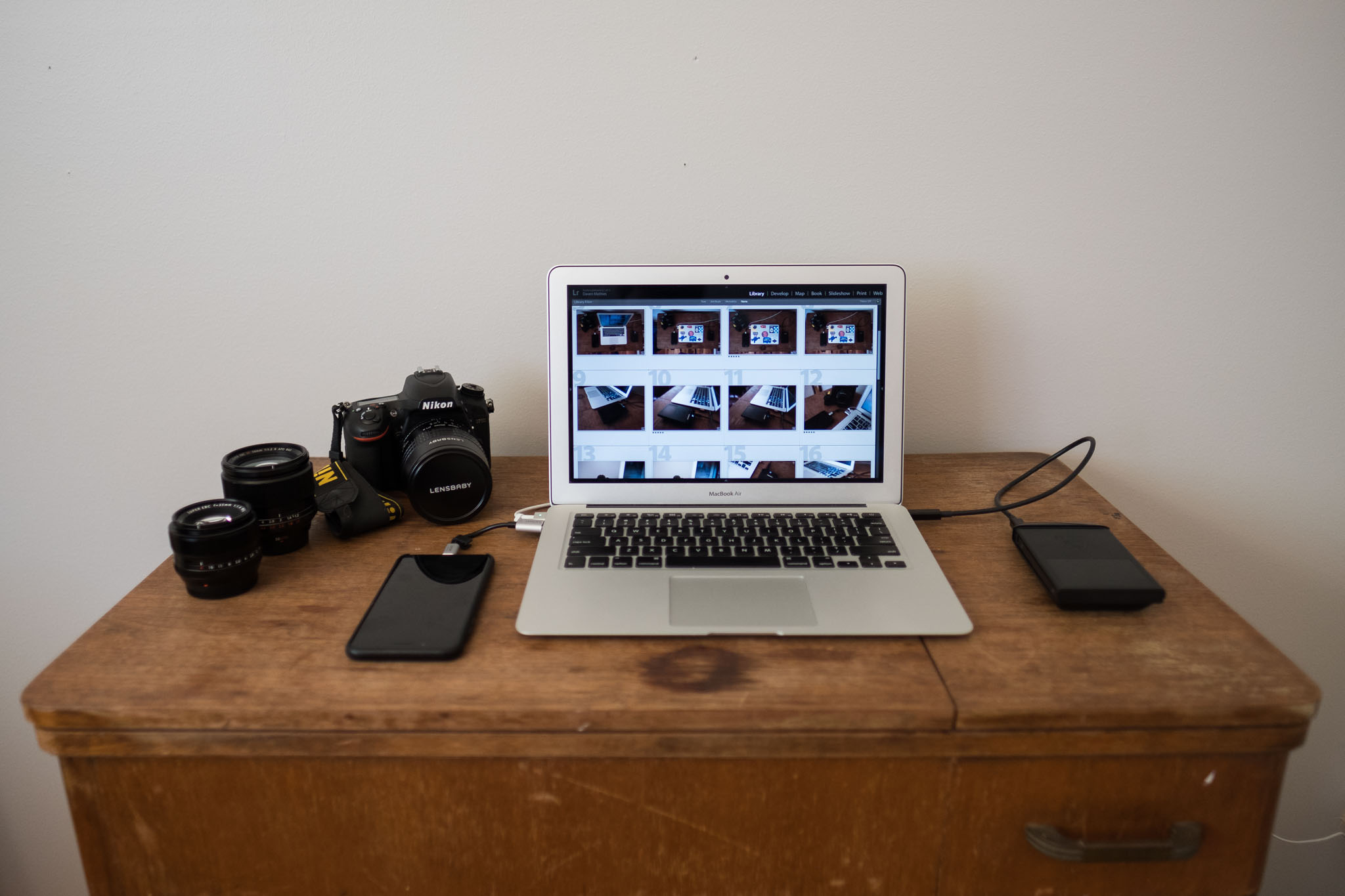
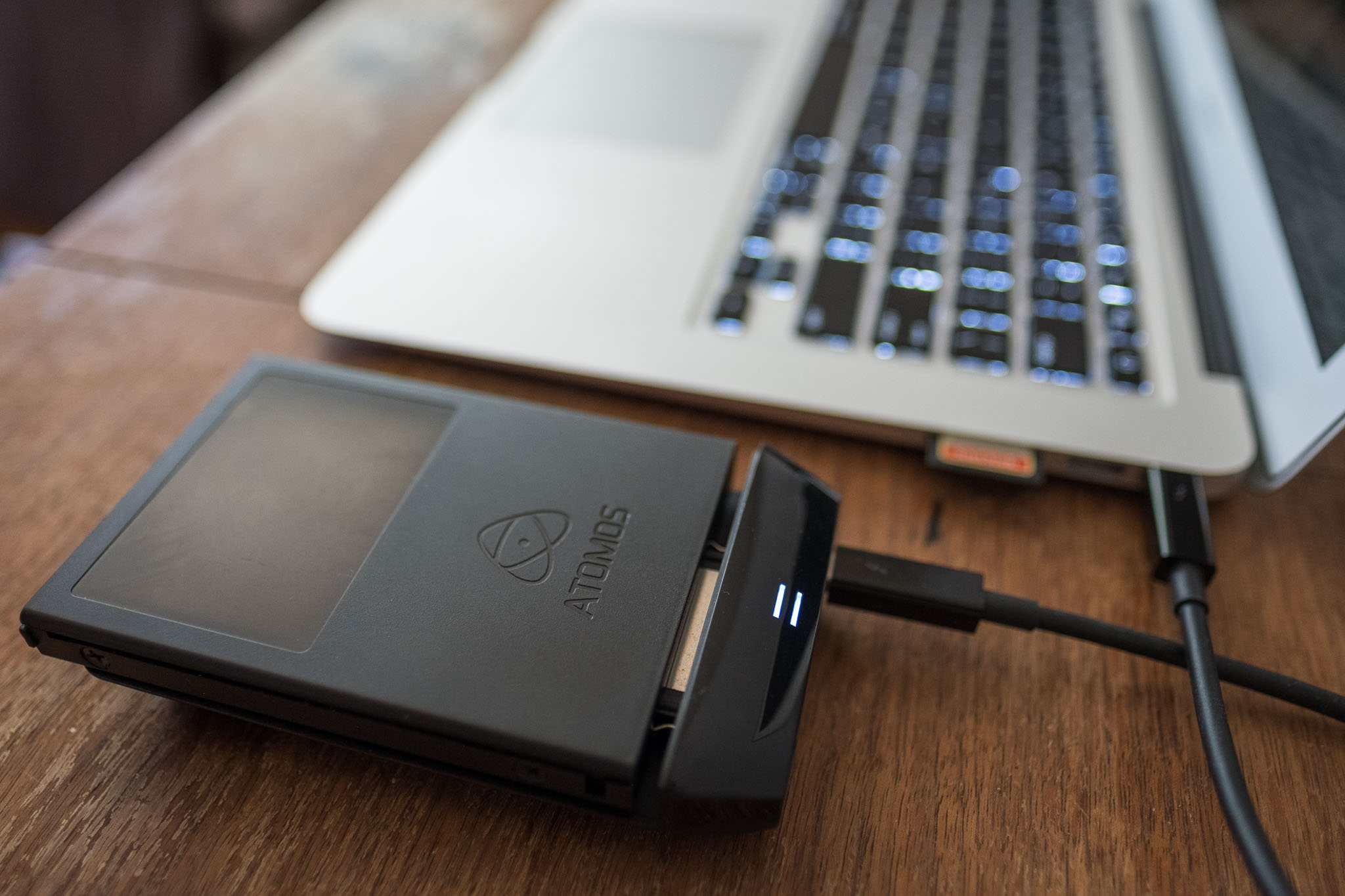
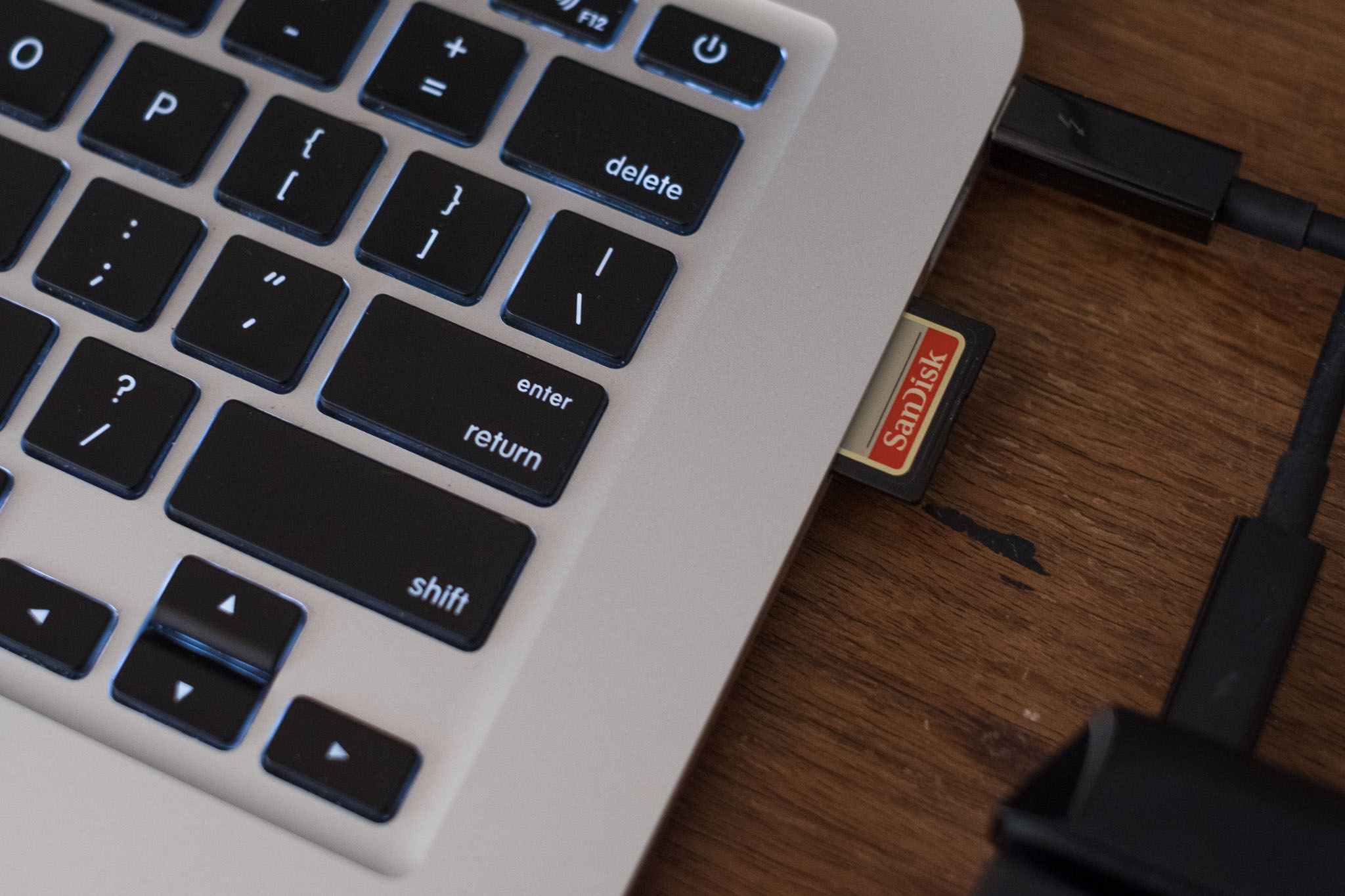
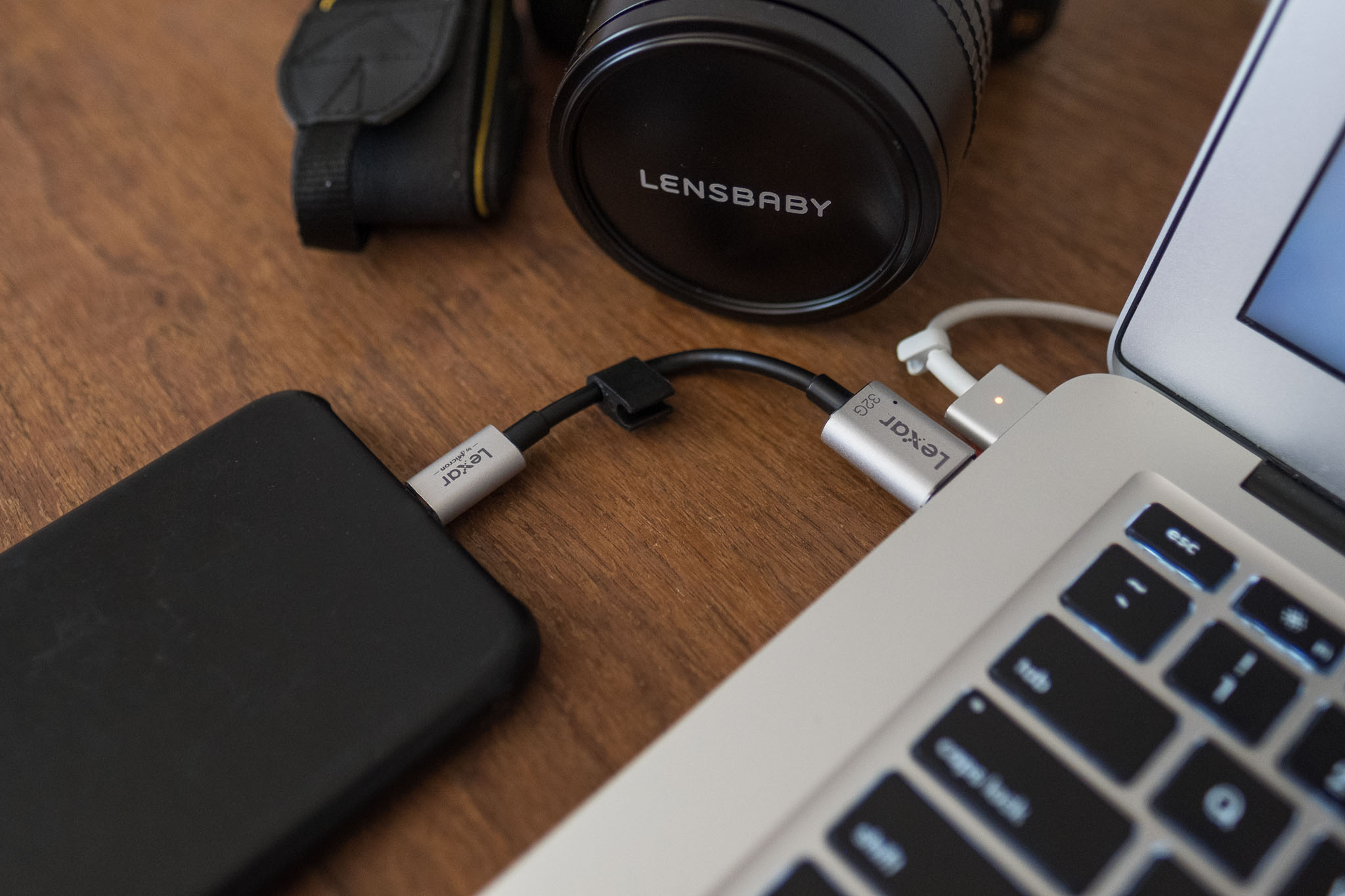

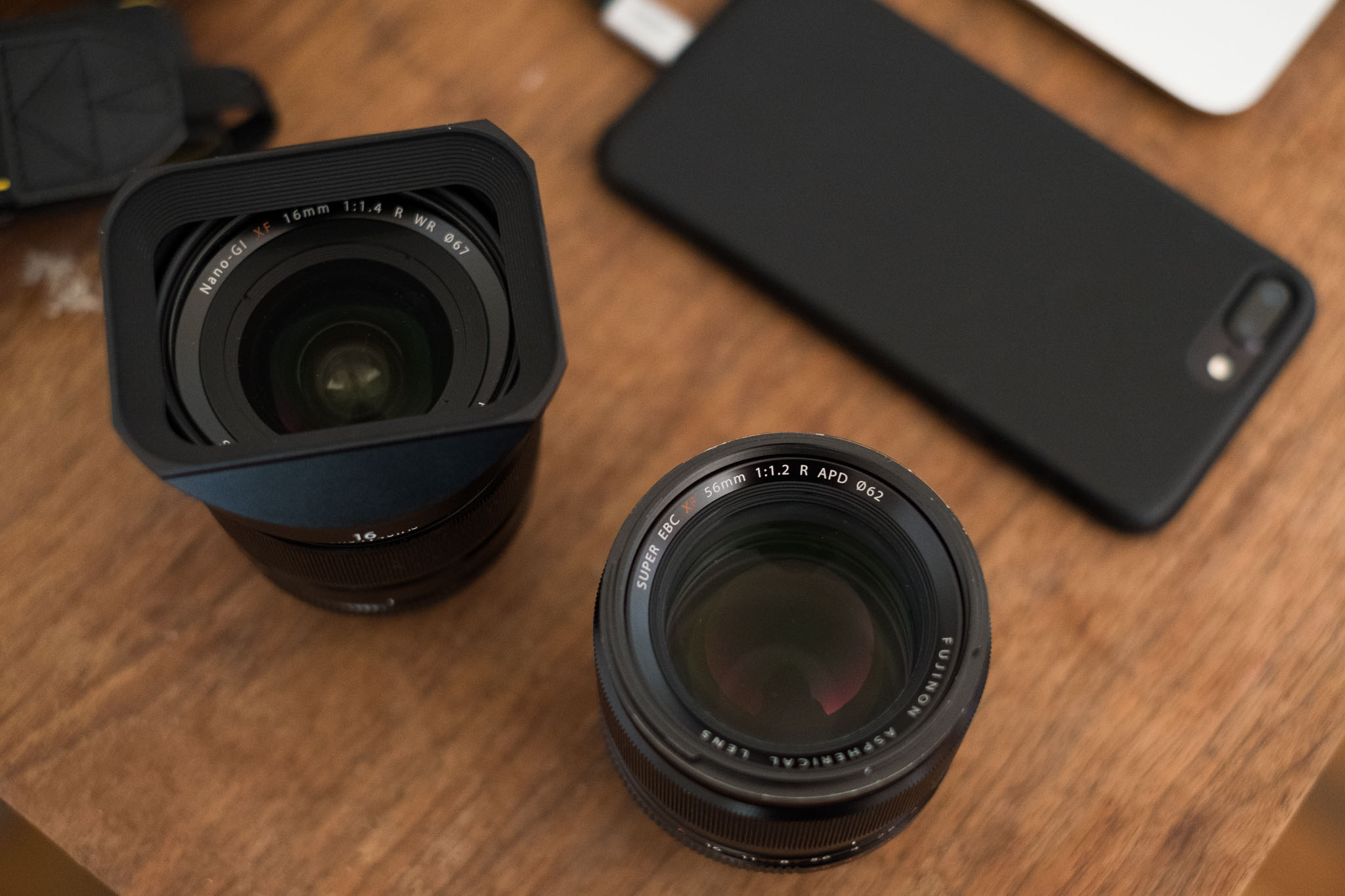
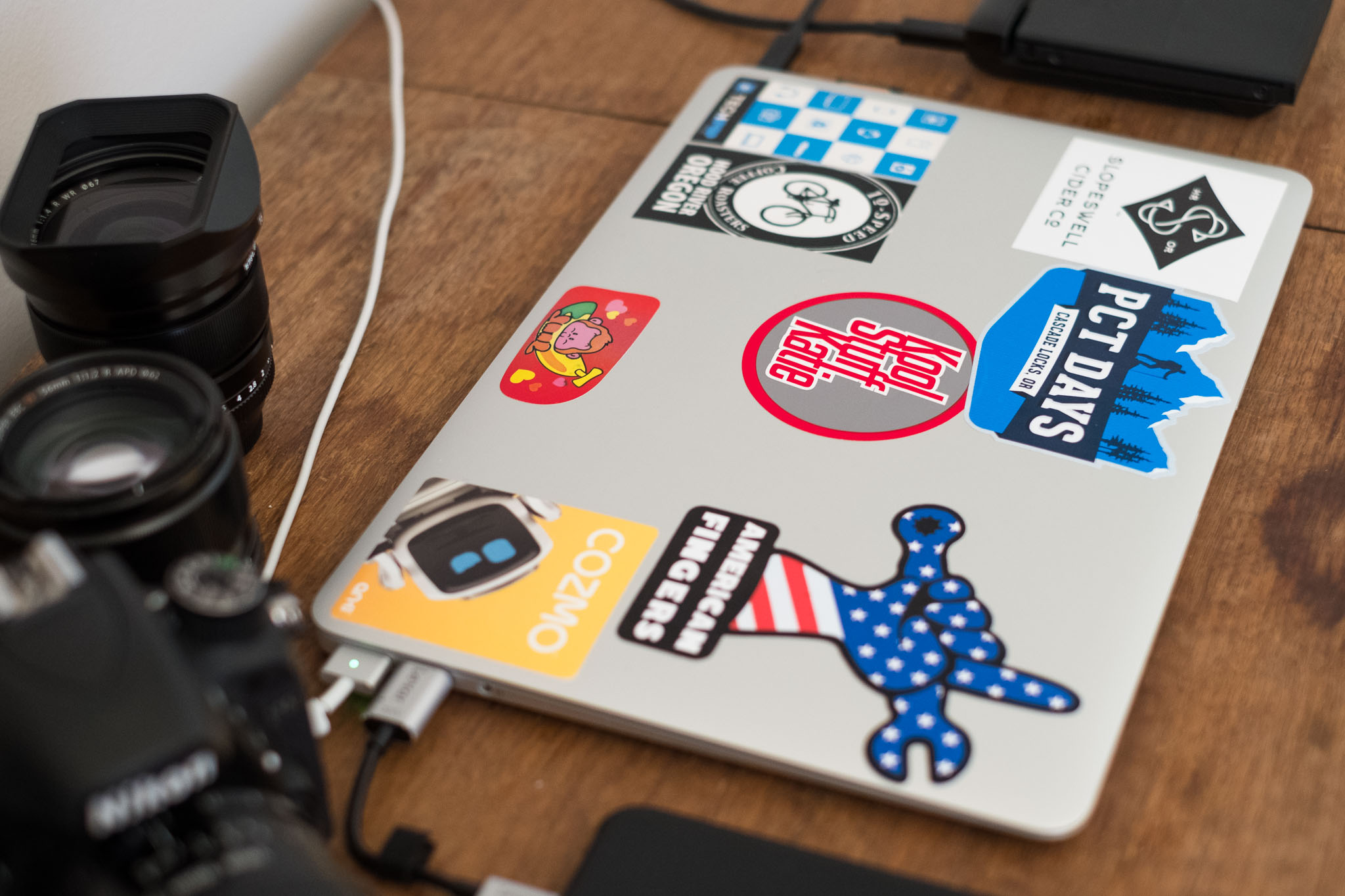
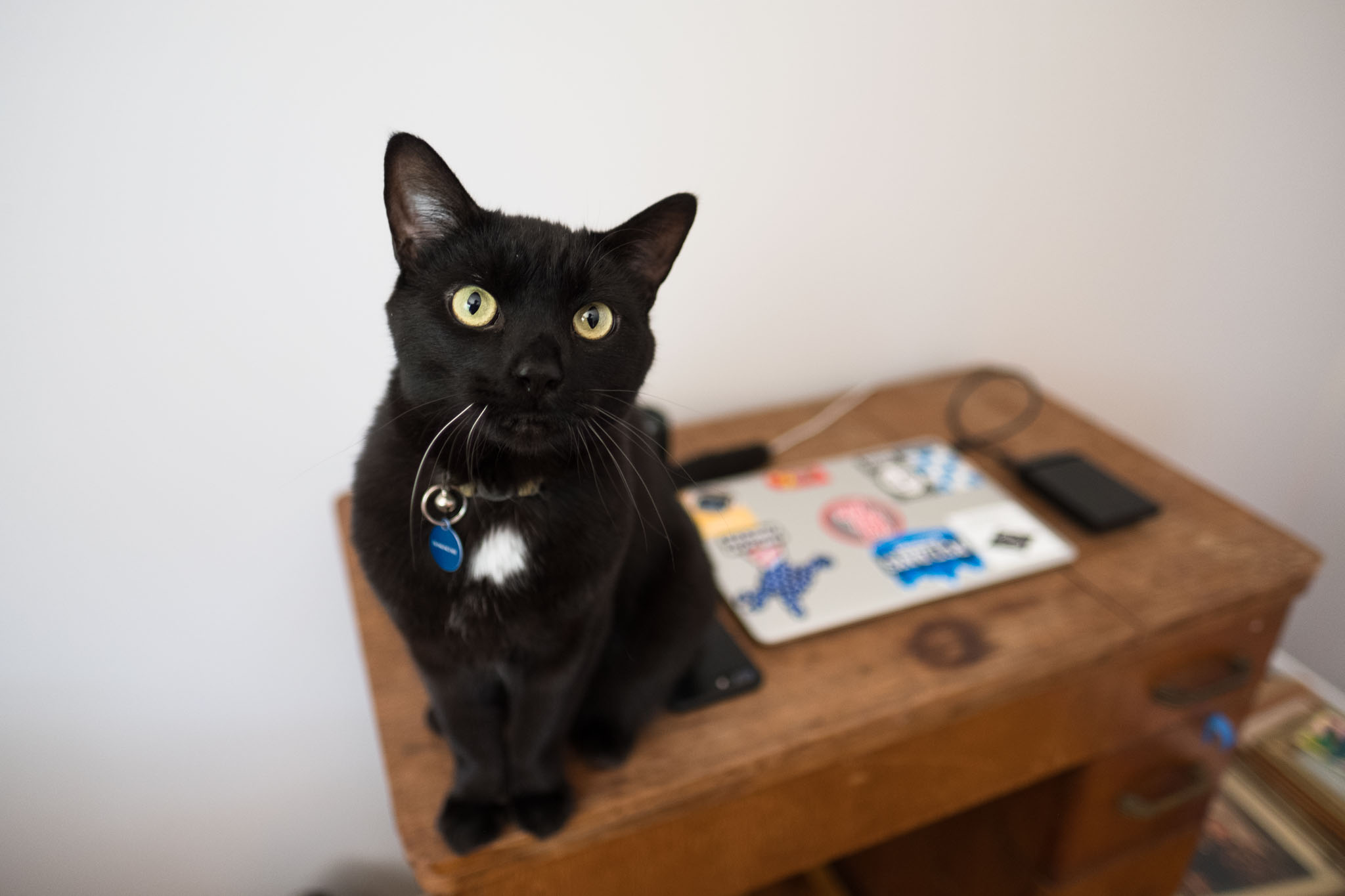
0 Comments